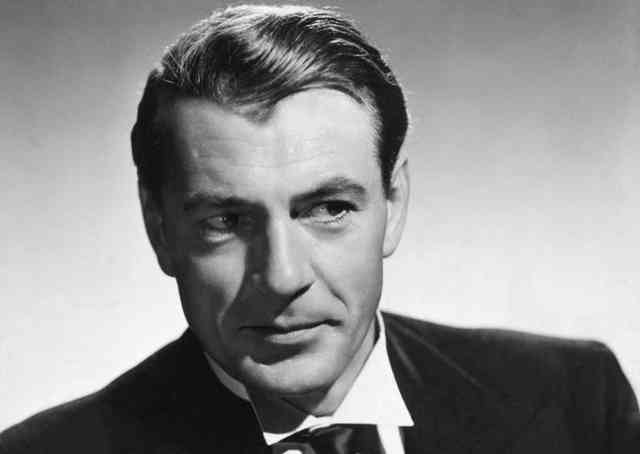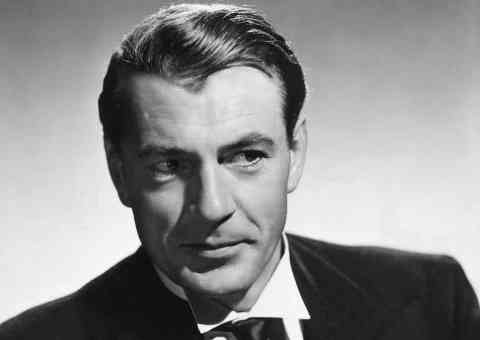First released in 1939, Gone With The Wind, is the highest grossing film of all time once adjusted for inflation. It was the first color film to ever win an Academy Award for Best Picture and remains the longest.
The epic historical romance film adapted from Margaret Mitchell's 1936 novel of the same name and tells the story of Scarlett O'Hara, the strong-willed daughter of a Georgia plantation owner. It follows her romantic pursuit of former jilted companion Ashley Wilkes, who is married to his cousin, Melanie Hamilton, and Scarlett's subsequent marriage to Rhett Butler.
Here are some of the most surprising facts behind the iconic movie.
By Another Name
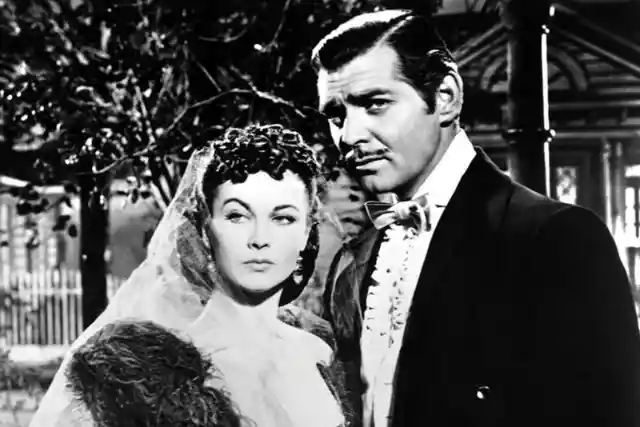
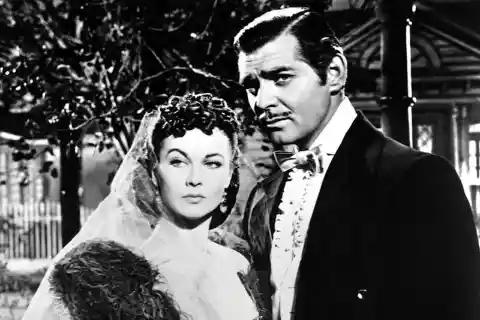
Originally, author Margaret Mitchell's working titles for the novel the movie is based on were "Tomorrow is Another Day", "Not in Our Stars", "Bugles Sang True", and "Tote the Weary Load". The most famous of the working titles was "Ba! Ba! Black sheep".
Find out why it is regarded as one of the greatest films of all time...
Poetry In Motion
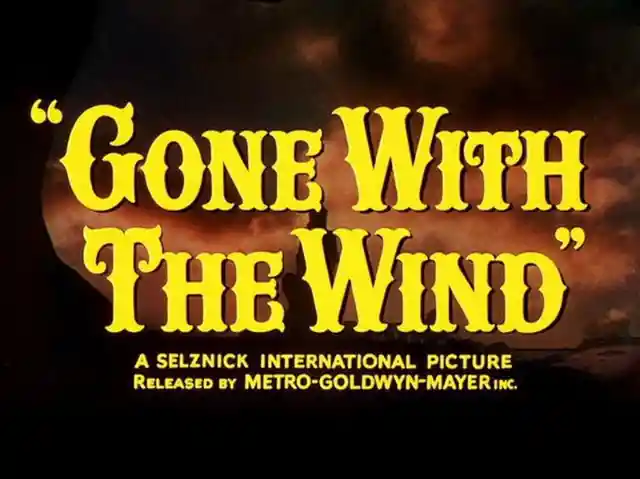
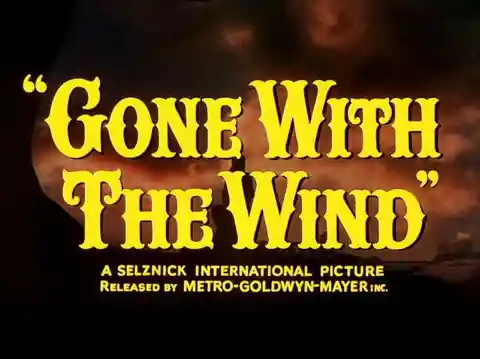
The title Mitchell finally chose for the novel comes from the first line of the third stanza of the poem "Non Sum Qualis Eram Bonae sub Regno Cynarae" by Ernest Dowson. The poem is said to express the regrets of someone who has lost his passionate feelings for his "old passion".
Director Drama
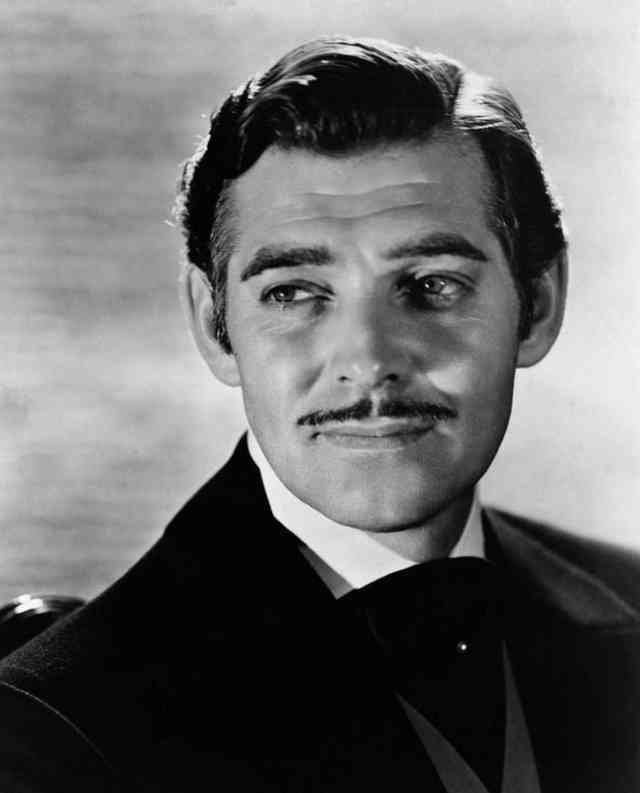
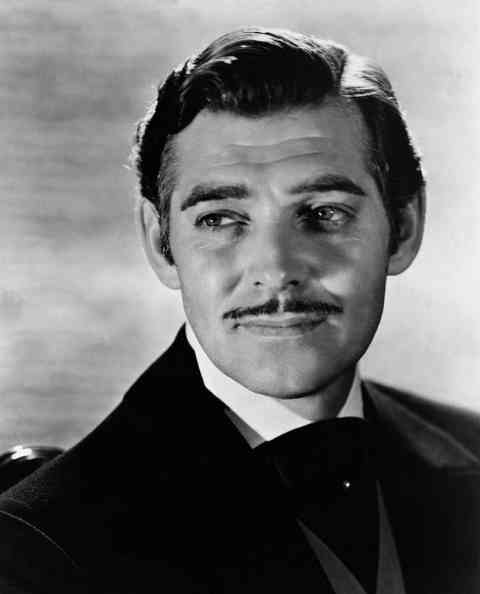
The reason the film's first director, George Cukor, was fired a mere two weeks into filming was because leading actor Clark Gable felt the director wasn't appropriate for the demanding role. An opinionated man, Gable was protective of his image as a strapping masculine lead.
One Direction
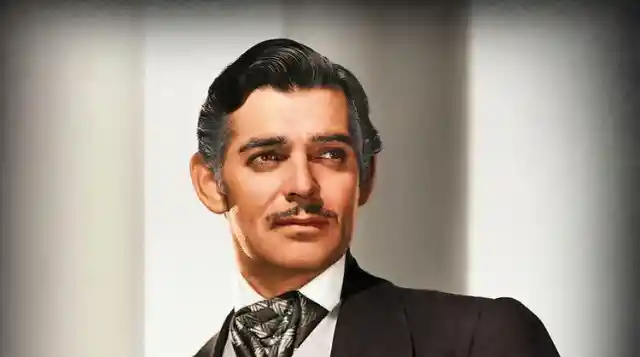
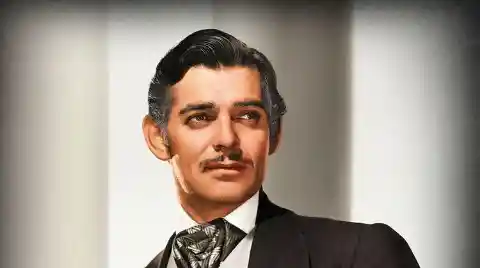
Gable reportedly took issue with Cukor's personal life of being a gay man in Hollywood (frowned upon at the time) which led to the director's dismissal. However, it was later revealed that Selznick's mounting dissatisfaction with Cukor's slow pace and quality of work are what likely led to his dismissal, not his sexuality.
Production By Numbers
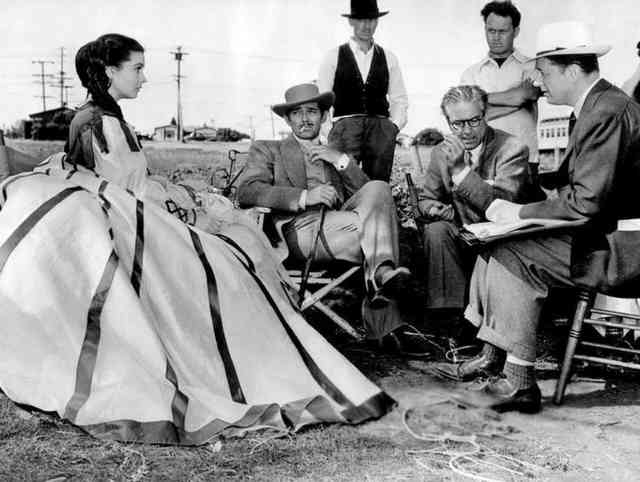
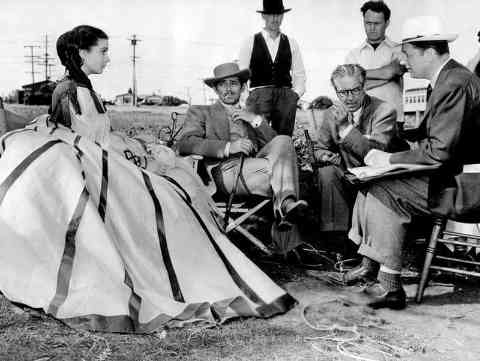
It proved nothing short of a monumental task to adapt the screenplay from the novel. Hd the dialogue from the novel been used in its entirety, the film would have clocked in at 168 hours. It took half a million feet of film to shoot the epic, which was eventually edited down to 20,000 feet.
Worth The Wait
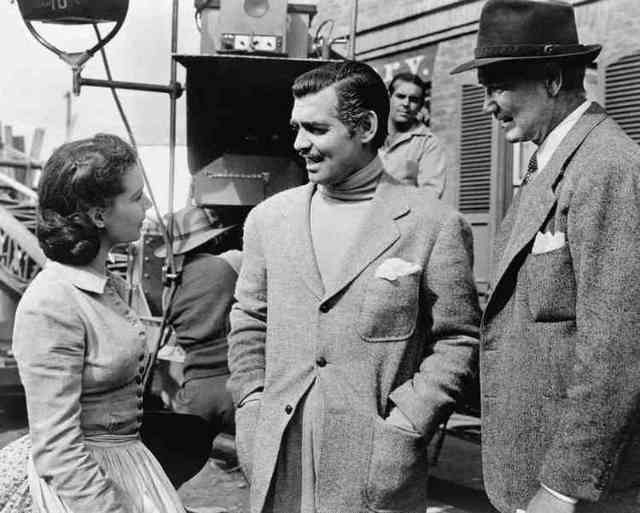
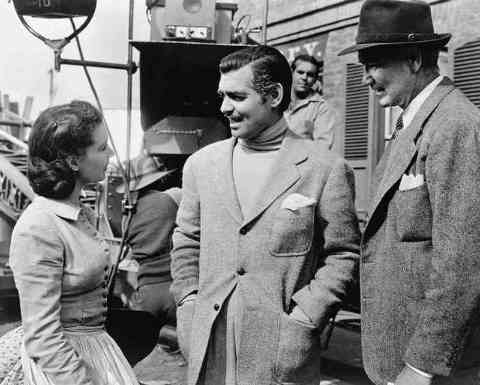
Production was delayed for two years to ensure Gable was available for the part due to Selznick's determination. 90 women were further screen-tested for the role of Scarlett. While several writers contributed to the final script as it went through many revisions.
Hattie’s Triumph
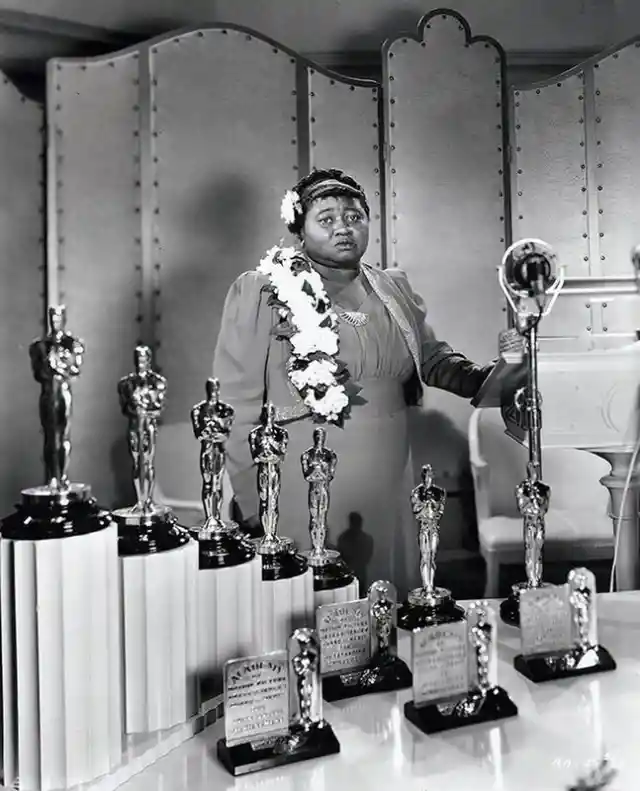
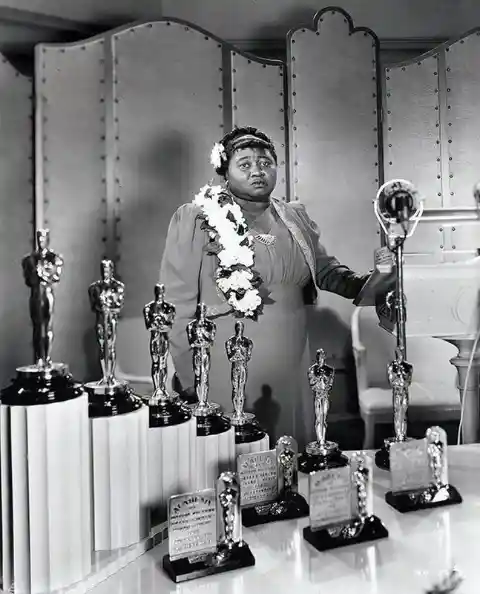
Hattie McDaniel who played the role of Mammy, Scarlett’s loving yet stern house servant in the movie became the first African-American to be nominated for, and win, an Academy Award when she was announced Best Supporting Actress.
The First Of Many
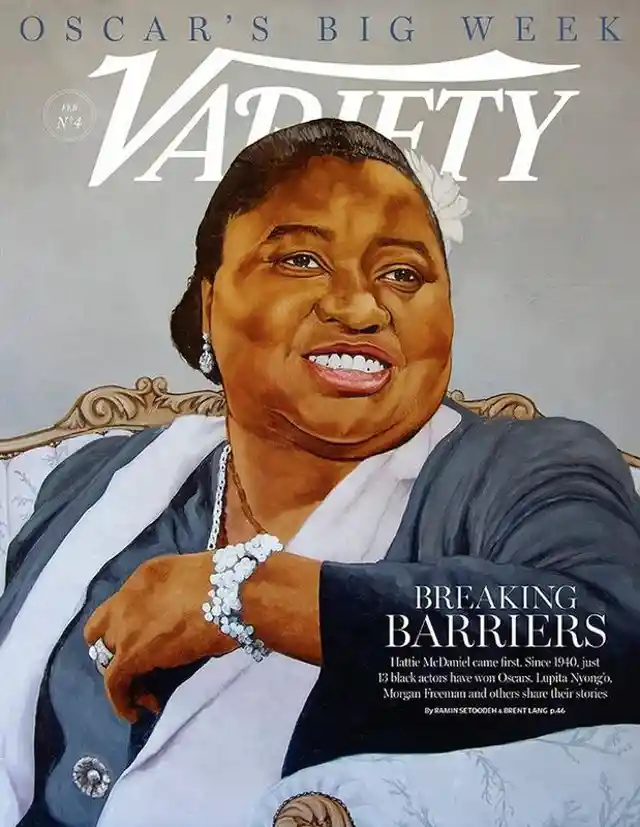
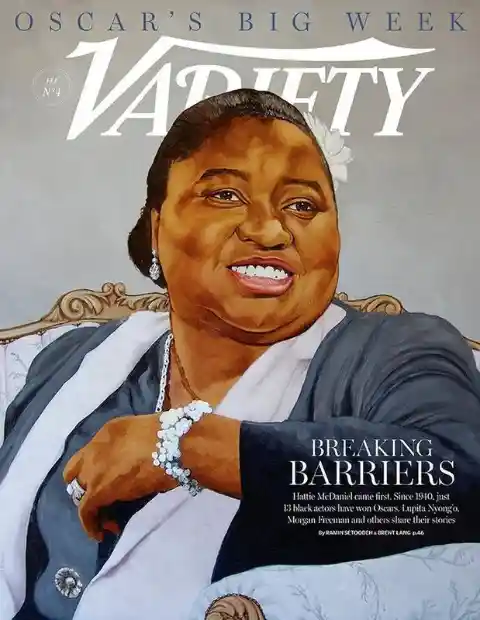
Hollywood, like many places in the United States at the time, wasn't the most inviting of places to African Americans. At the 1940 Academy Awards ceremony, McDaniel and her white escort were required to sit at a segregated table for two at the end of the room. The hotel had a strict no-blacks policy but allowed McDaniel in as a favor. 16 other black actors have won an acting Oscar since.
Screening In Secret
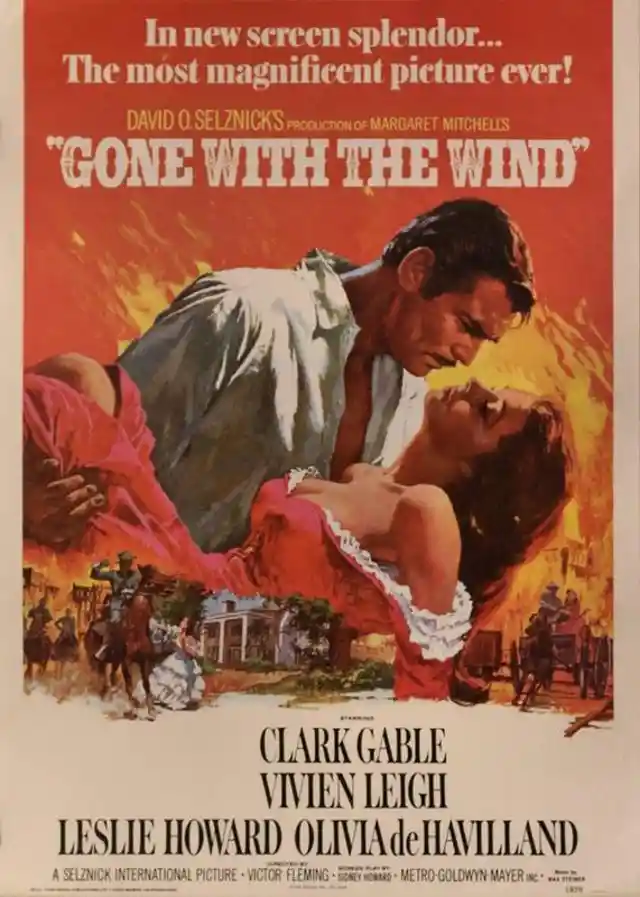
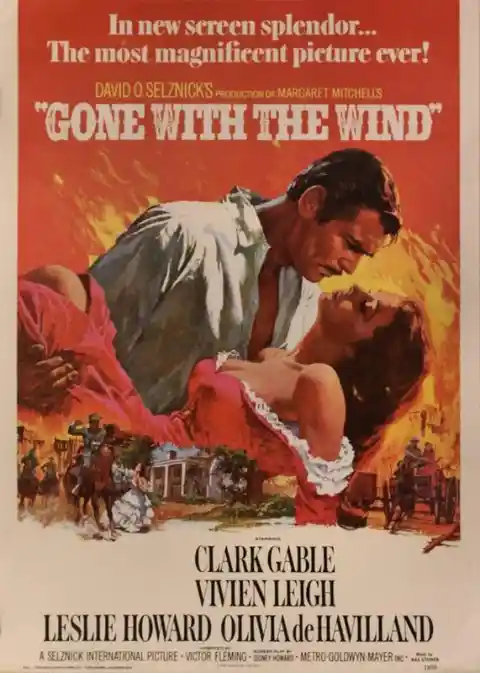
Producer David O. Selznick, his wife Irene, and investor John "Jock" Whitney, and film editor, Hal Kern decided to drive out to preview the movie at the Fox Theater in Riverside, California on September 9, 1939. At this stage, the film was still a rough cut as it missed completed titles, and lacked special optical effects. It even ran for 4 hours and 25 minutes, which was later cut down.
A Standing Ovation
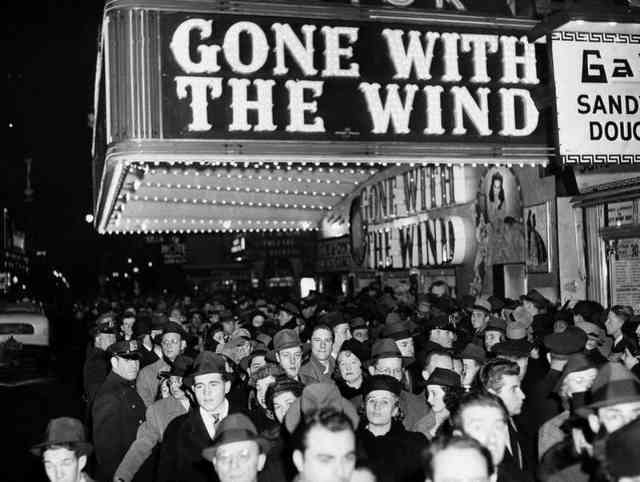
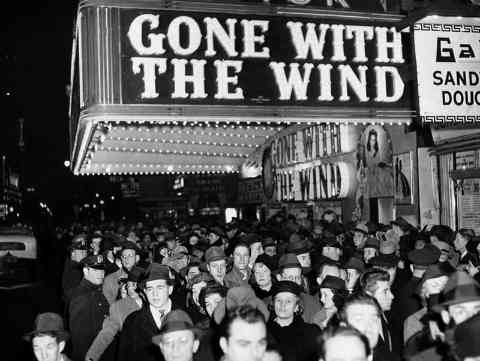
The audience was informed at the film preview that once the picture began screening they could leave but would not be readmitted. The audience cheered when the title appeared, and by the time the movie finished, it received a standing ovation. Selznick described the preview cards at the time as "probably the most amazing any picture has ever had."
A Novel Idea
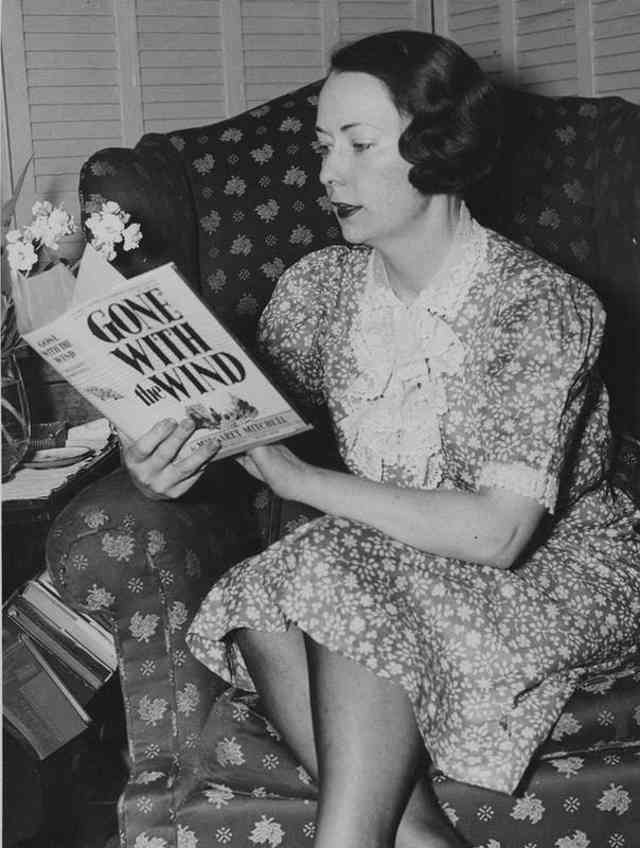
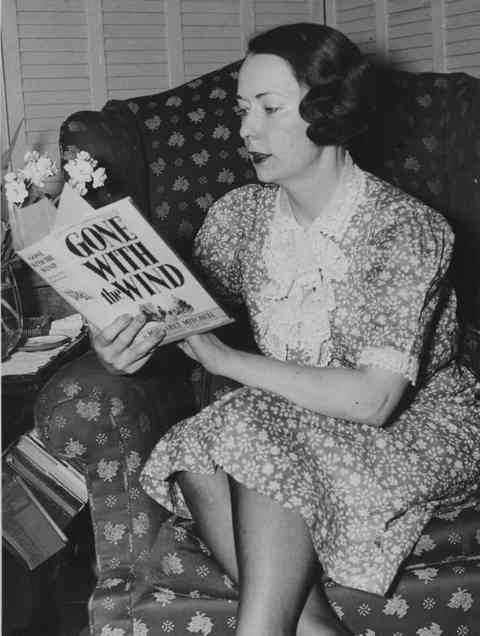
The movie is based on Margaret Mitchell's novel of the same name and remains to this day popular with American readers. In a 2014 Harris poll, it was the second favorite book of American readers, only behind the Bible. More than 30 million copies have been printed worldwide. It is the only one novel by Mitchell published in her lifetime.
Back To Front
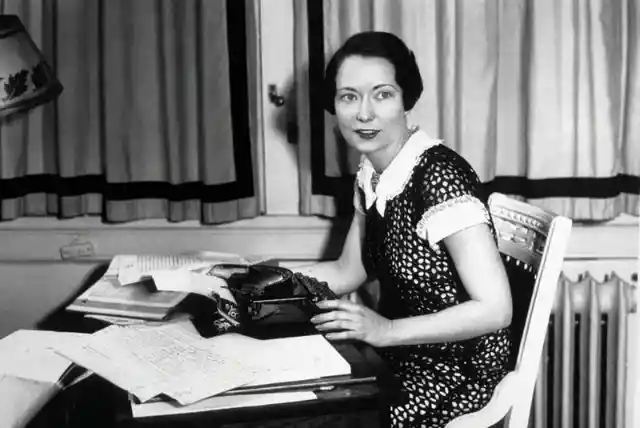
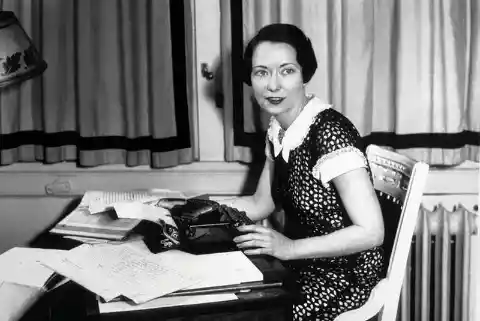
Mitchell had first begun writing Gone with the Wind in 1926 as a means to pass time as she was recovering from a slow-healing automobile injury. Mitchell wrote the book's final moments first and then wrote the events that led up to them. The book was first published in June 1936 and won the Pulitzer Prize for Fiction in 1937.
Award Records
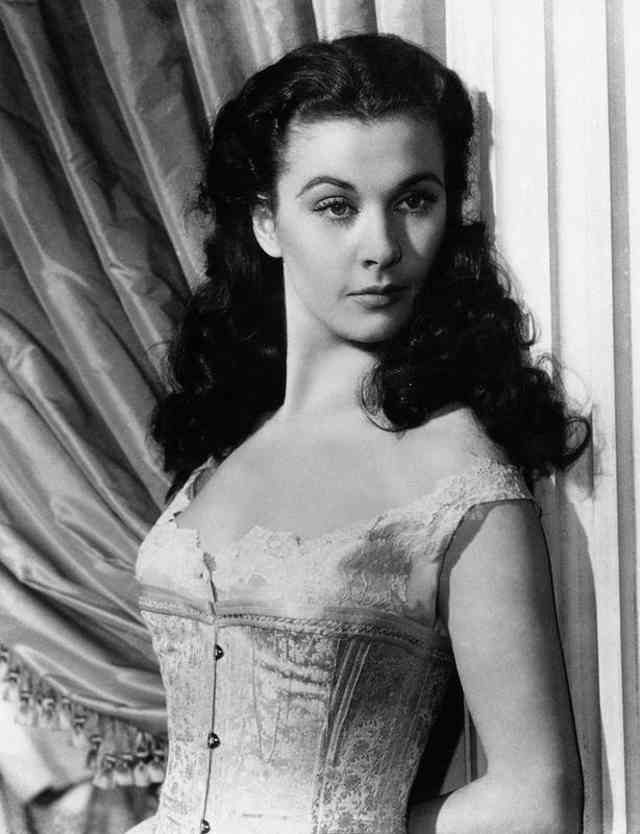
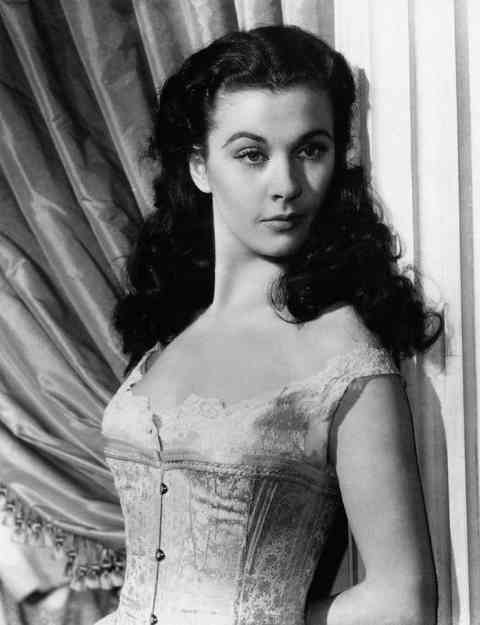
At the 12th Academy Awards in 1940, Gone with the Wind took home a total of eight awards from its thirteen nominations - the first film to win more than five awards. One of the most critically acclaimed pieces in cinematic history, it is the longest-running film to ever win the Best Picture award, coming in at 238 minutes. It is also the first color film to win a Best Picture Oscar.
Academy Recognition
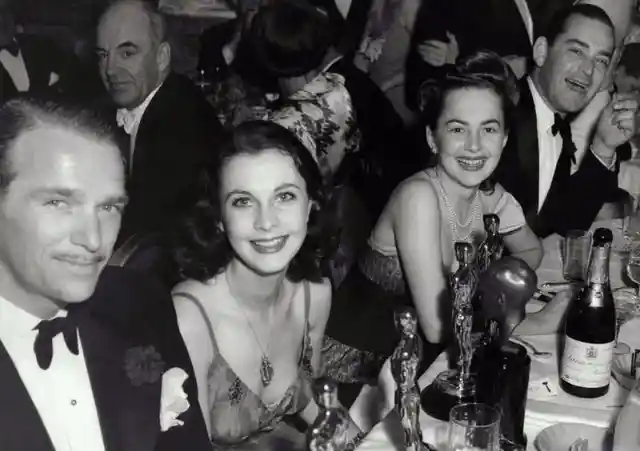
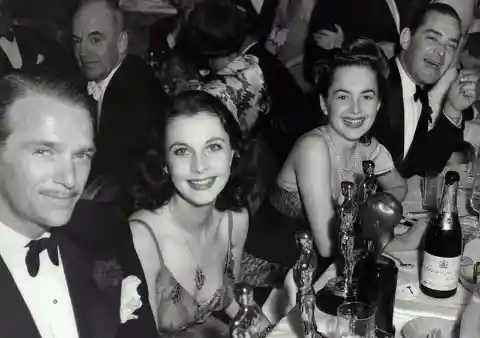
Among the other Academy Awards it received were wins for Best Director (Victor Fleming), Best Adapted Screenplay (Sidney Howard), Best Actress (Vivien Leigh), and Best Supporting Actress (Hattie McDaniel), as well as Best Color Cinematography, Best Film Editing, and Best Art Direction.
Leslie’s Loathing
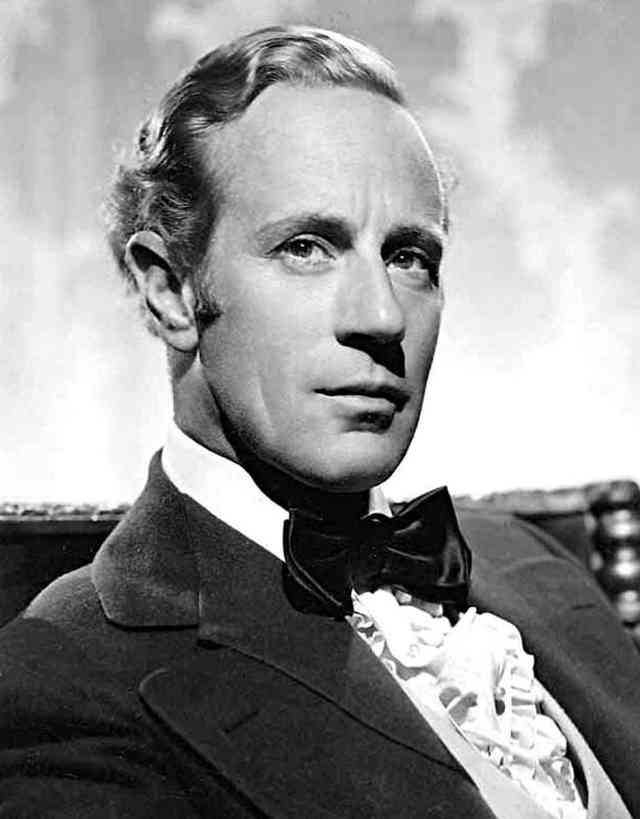
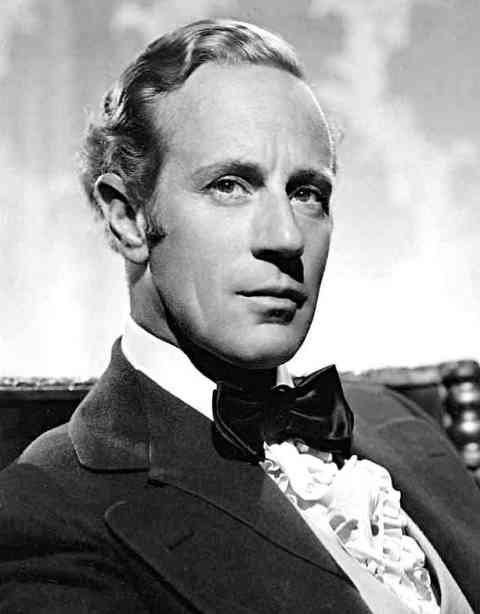
English actor Leslie Howard played Ashley Wilkes, the love of Scarlett's life. He would end up marrying his cousin, Melanie Hamilton, much to Scarlett's heartbreak. Despite receiving critical acclaim for his portrayal, Howard actually hated playing Wilkes. When the film was released, Wilkes was 46 years old, while his character was about 21 at the beginning of the movie.
"A Fairy Doorman"
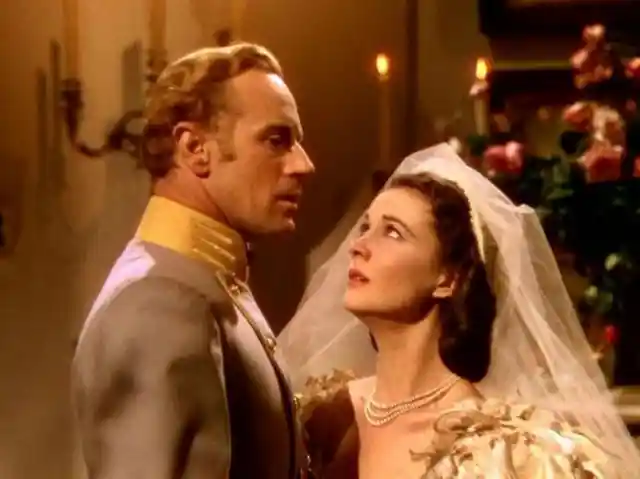
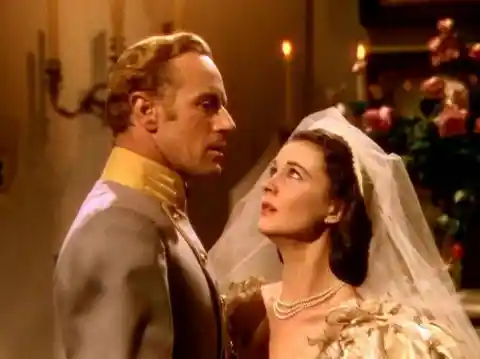
Leslie Howard apparently felt he was too old for the role of Ashley Wilkes and complained his costumes made him look like "a fairy doorman" at a hotel. During filming, he wore extra makeup and a hairpiece to make himself appear younger.
The Quote
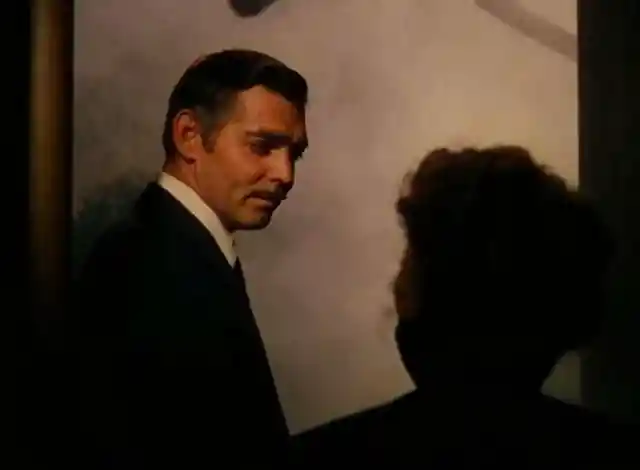
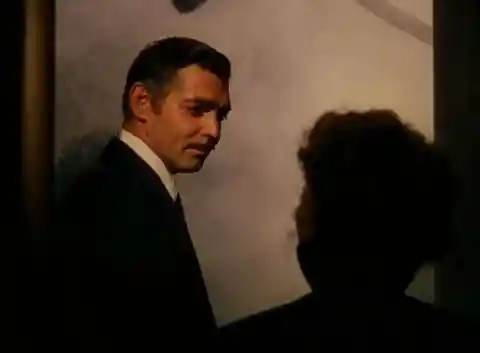
In the climactic ending, Rhett Butler finally gives up on his wife Scarlett and their tumultuous relationship after a decade of him fruitlessly trying to win her love. Scarlett tearfully questions, "Where shall I go? What shall I do?" Scarlett clings to the hope that she can win him back. Rhett famously remarks, "Frankly, my dear, I don't give a damn."
Frankly, My Dear, I Didn't Get A Fine
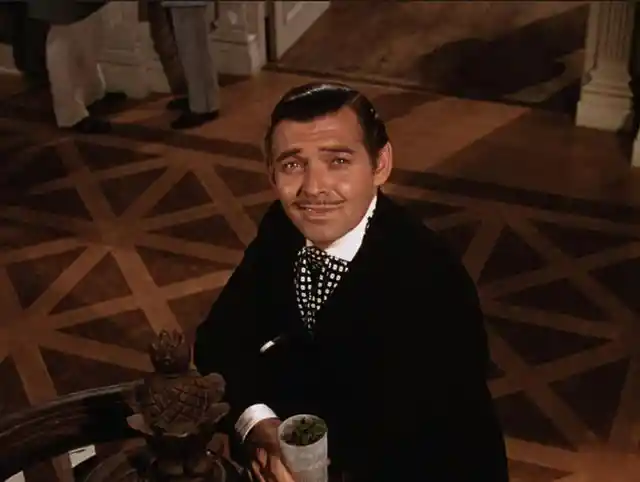
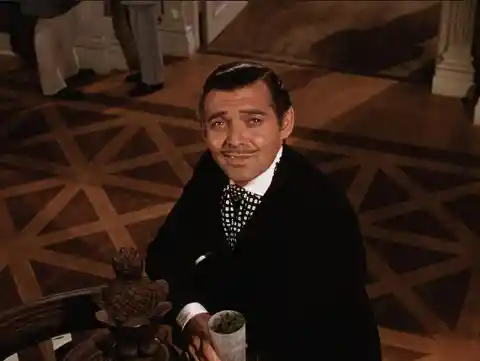
Many at the time erroneously believed the film was fined for using the curse word. However, in reality, this was pre-approved due to an amendment made to the Motion Picture Production Code a month and a half prior to the film's release. This was the second time the use of "damn" was used in the film, the first being the term "damn Yankees" in the parlor scene at Twelve Oaks.
Searching For Scarlett
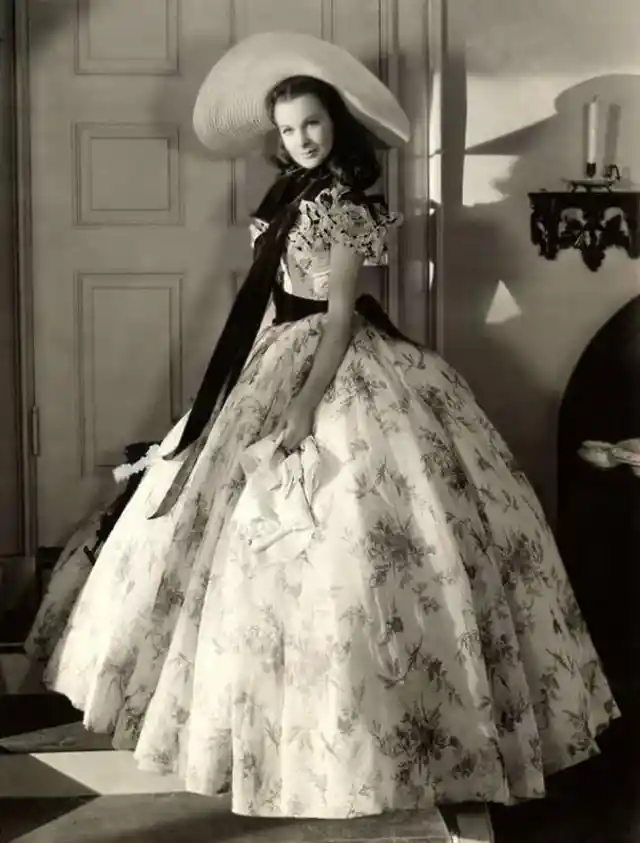
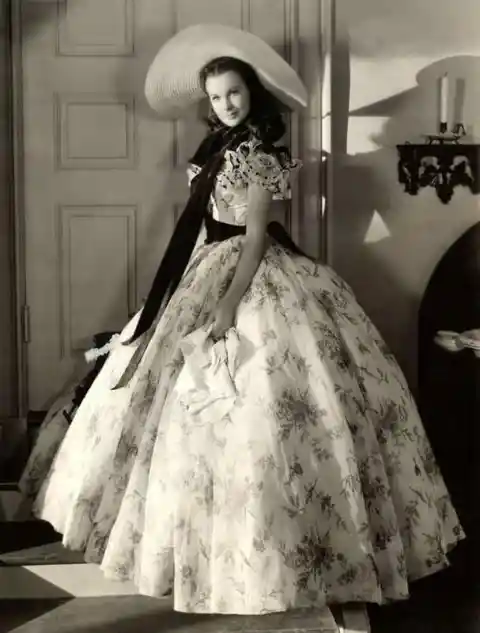
One of the silver screen's all-time leading ladies, Scarlett O'Hara is known for her tempestuous, insecure, charming, vain personality. Producer David O. Selznick's "search for Scarlett" led to 1,400 women being interviewed for the role and spanned two years. British actress Vivien Leigh won the part of the movie's protagonist in the end, but not without controversy.
Three Of A Kind
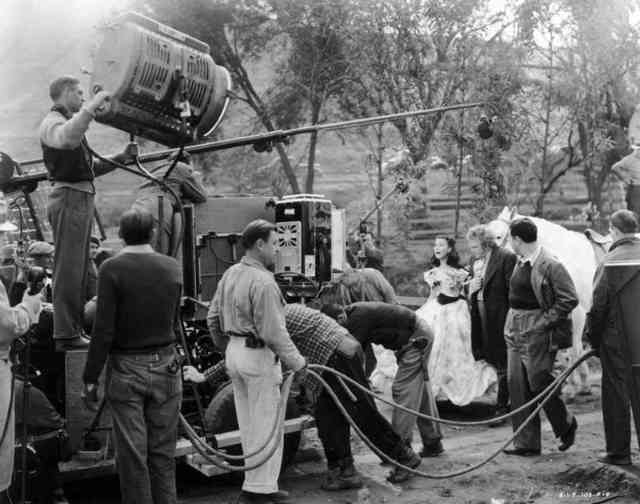
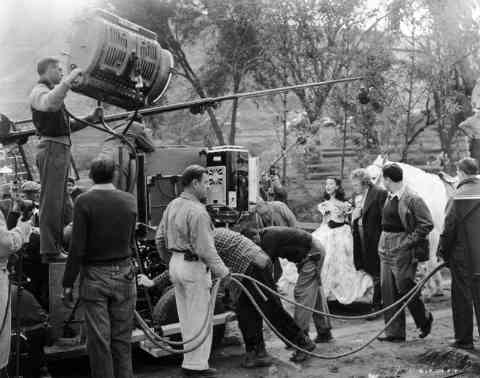
Production proved to be difficult from the start as filming was delayed by two years due to director David O. Selznick's persistence to secure Clark Gable for the role of Rhett Butler. The film went through three directors. George Cukor was fired shortly after filming began, although Victor Fleming took over, he took some time off due to exhaustion, and was briefly replaced by Sam Wood.
Need A Mint?
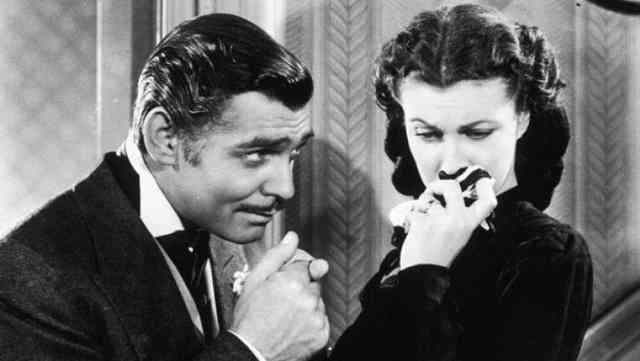
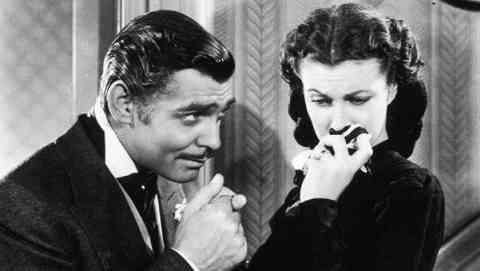
Vivien Leigh later said that she hated kissing Clark Gable because of his bad breath, rumored to be caused by his false teeth, a result of excessive smoking. “Kissing Clark Gable in Gone with the Wind was not that exciting. His dentures smelled something awful.” It was later revealed by a crew member, Gable would sometimes eat garlic before his kissing scenes with Vivien Leigh.
The Actor’s Rage
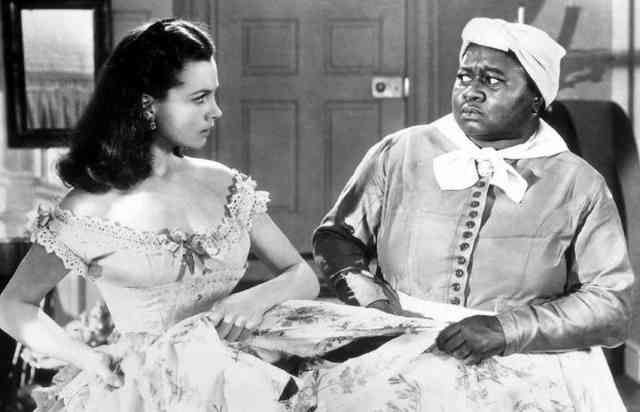
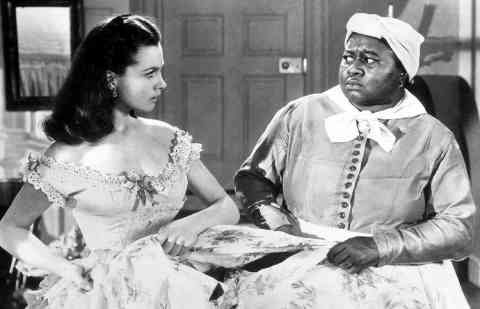
Hattie McDaniel and Clark Gable became good friends while filming the movie. When McDaniel and other black cast members were prevented from attending the premiere due to Georgia's Jim Crow laws which kept them from sitting with their white colleagues, Gable threatened to boycott the premier. He only went after McDaniel pleaded with him to go. Now that's a leading man!
Clark’s Tears
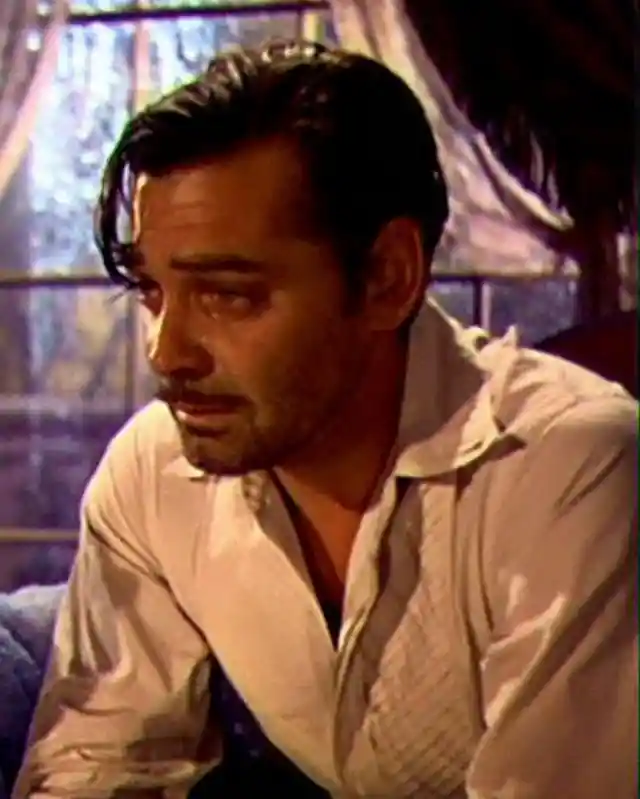
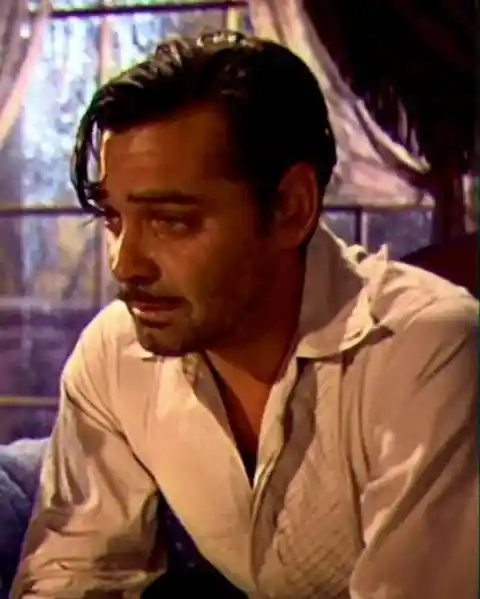
Clark Gable was known as "The King of Hollywood" and as at first refused to shed tears for the scene after Scarlett suffers a miscarriage. Director, Victor Fleming and actress Olivia de Havilland, tried everything to make him cry. They did several takes before de Havilland finally managed to convince the actor who relented on the very last take.
Set Ablaze
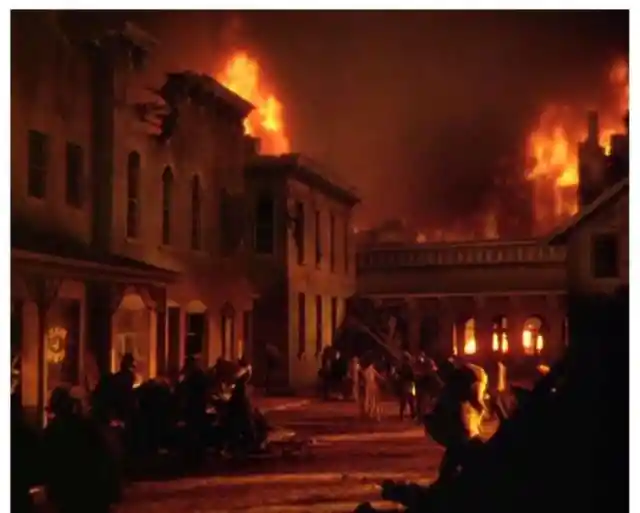
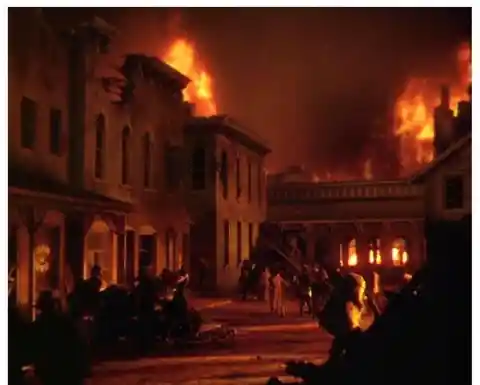
The first scene to be shot was the Atlanta in flames. The footage was at the time one of the most expensive ever, costing $25,000 to shoot. Several abandoned movie sets were set alight such as the hit film King Kong. The fire was so spectacular, surrounding residents called the fire department. In the end, it took 15,000 gallons of water to extinguish the raging inferno.
Dummy Soldiers
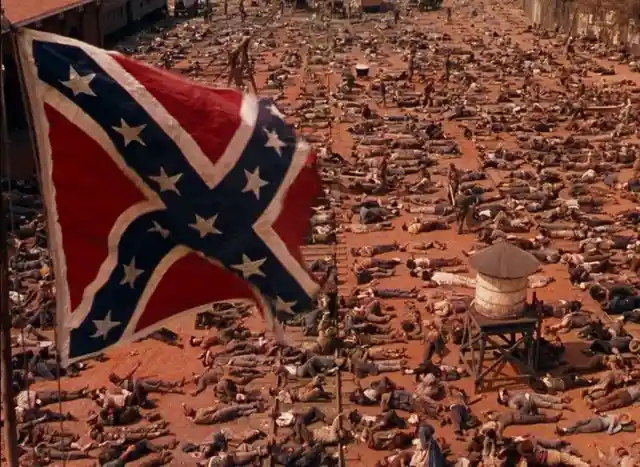
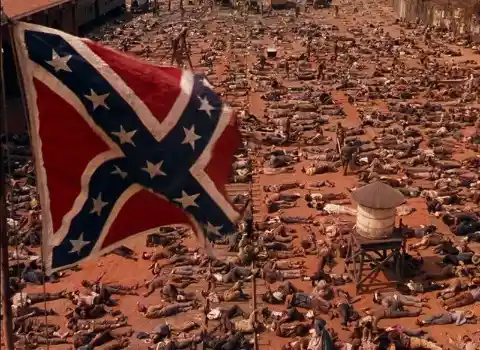
In another of the film's most iconic moments, Scarlett walks through a road strewn with the bodies of dead Confederate soldiers. Producer, David O. Selznick had originally wanted 2,500 extras for the shoot. However, to cut costs and comply with a union rule regarding the percentage of extras in a cast, 800 dummies were scattered among 800 extras.
The Wage Gap
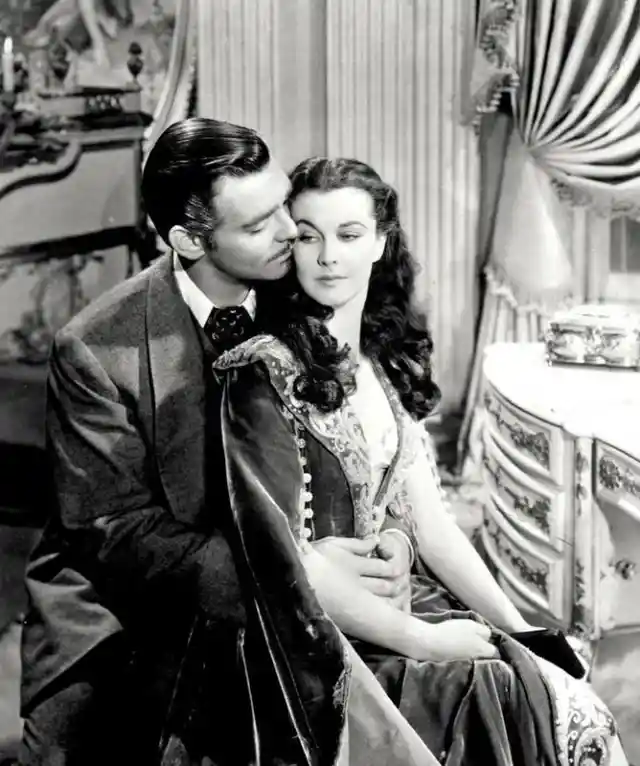
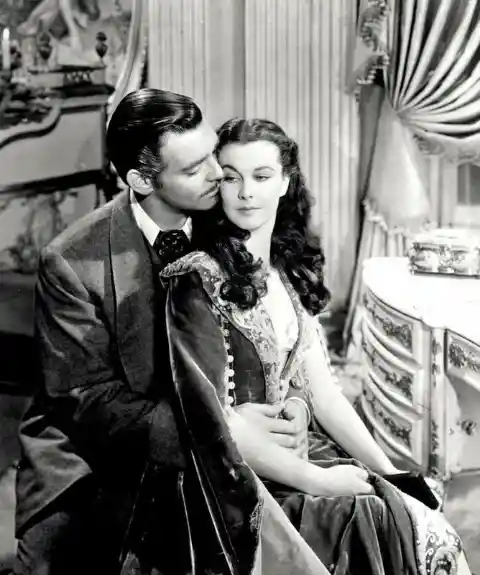
Gender equality is now left, right, and center of the entertainment landscape this wasn't the case for a long time. In the case of Gone With The Wind, Clark Gable was reportedly paid $120,000 for his 71 days on set, while Leigh received $25,000 for 125 days of shooting.
The Premiere Spectacle
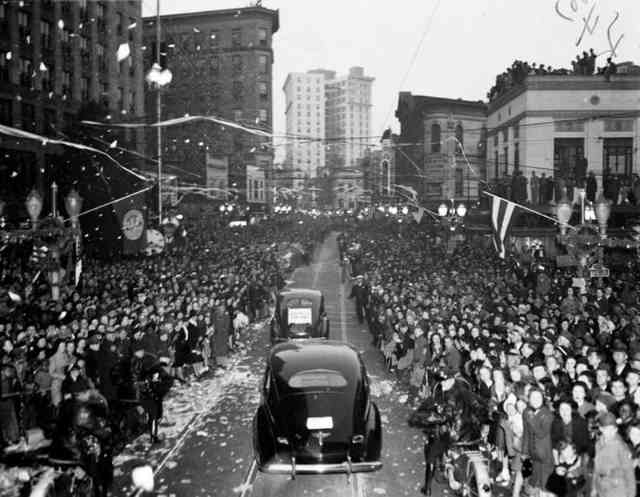
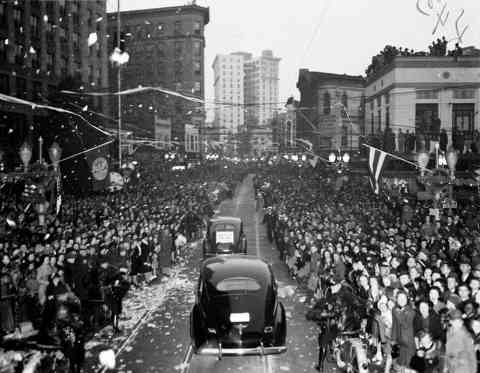
The film premiered at Loew's Grand Theater in Atlanta, Georgia on the 15th of December 1939. It was the culmination of three days of festivities hosted by the Mayor, William B. Hartsfield, and included a parade of limousines which included stars from the film, receptions, and thousands of Confederate flags and even a costume ball.
Holiday For All
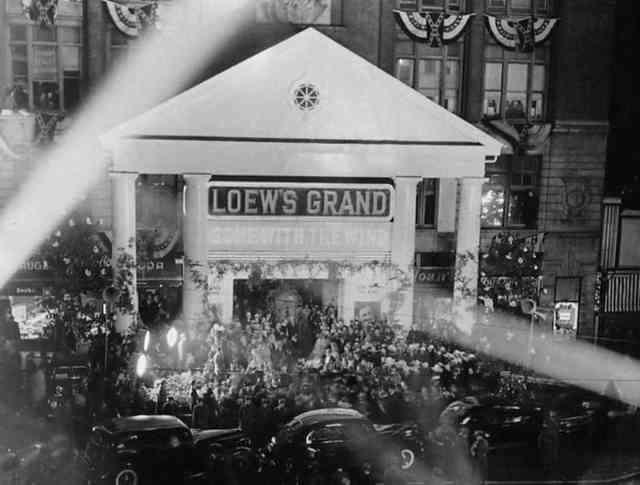
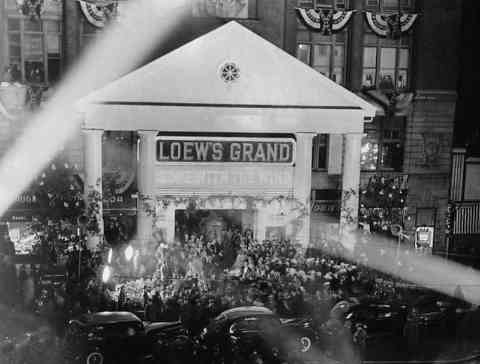
Governor of Georgia, Eurith D. Rivers, declared the date of the premiere, December 15th a state holiday. President Jimmy Carter later recalled that it was the "the biggest event to happen in the South in my lifetime". An estimated 300,000 residents and visitors to the city lined up the streets for seven miles to watch the procession of limousines which brought the stars from the airport.
Famous Fan
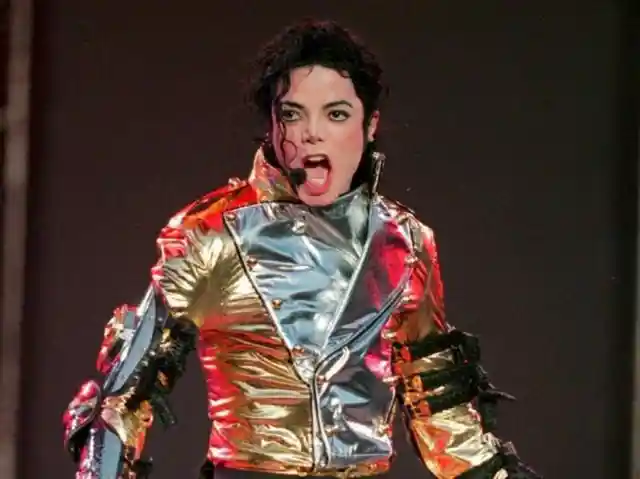
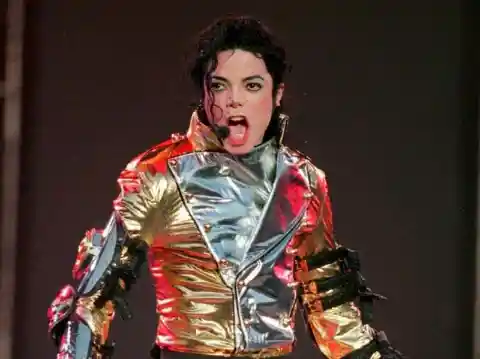
Through the years, the timeless masterpiece has enthralled audiences far and wide. One notable fan, however, held a peculiar love for Gone with the Wind. The King of Pop himself, the late Michael Jackson loved the movie so much that he paid $1,542,500 in 1999 for David O. Selznick's Best Picture Oscar at a Sotheby's auction.
The Oscar Mystery
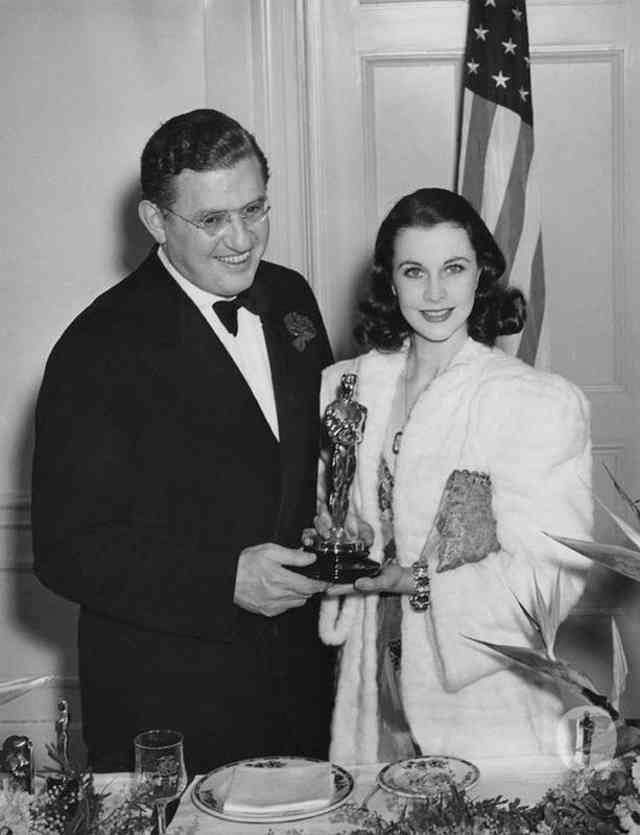
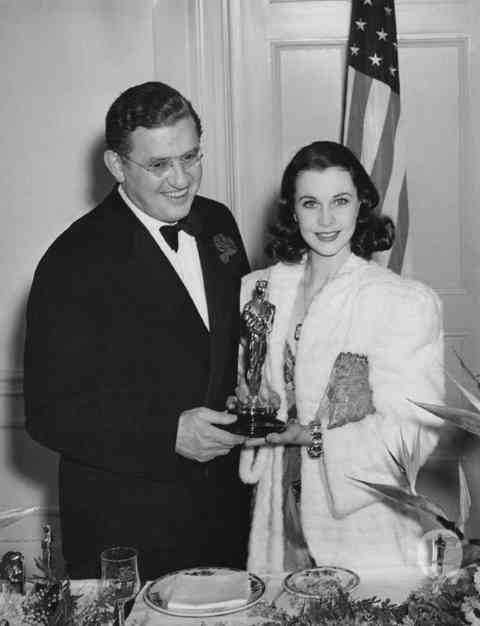
Following Michael Jackson's death, the executors of his estate began taking inventory of his many valuables. Purchased by Jackson, David O. Selznick's Best Picture Oscar, was one prized item which had gone missing according to his lawyers. "The estate does not know where the Gone With the Wind statuette is," Jackson attorney Howard Weitzman said. The Oscar is yet to be found.
Pain Behind The Lens
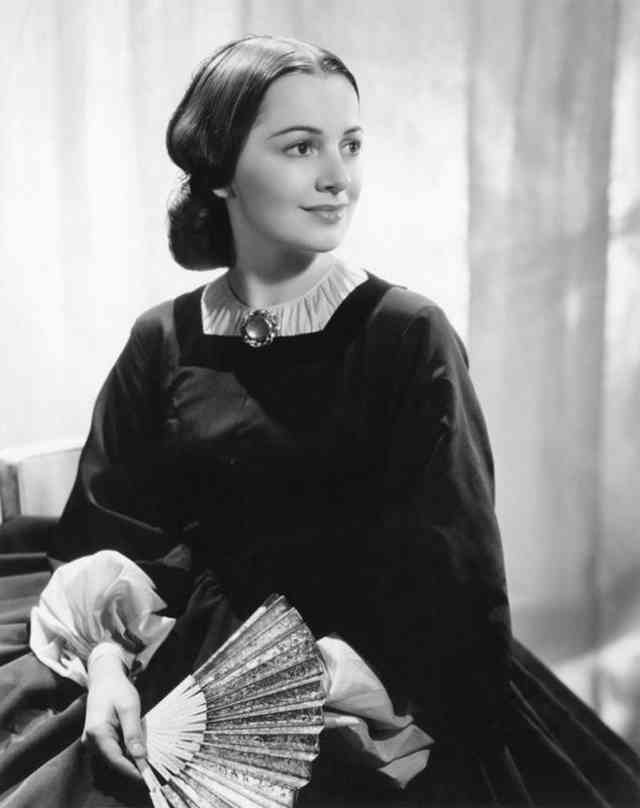
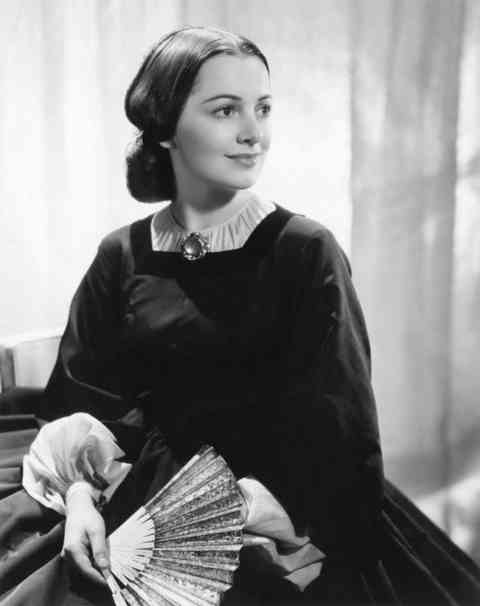
The role of Scarlett's kind-hearted, and some would say naive, one-time sister-in-law Melanie Hamilton was played by actress Olivia de Havilland. In the scene where Melanie gives birth to a child under Scarlett's care, the scene's director, George Cukor, occasionally pinched Havilland's toes off-camera to ensure her cries of pain were authentic.
A Must-Have
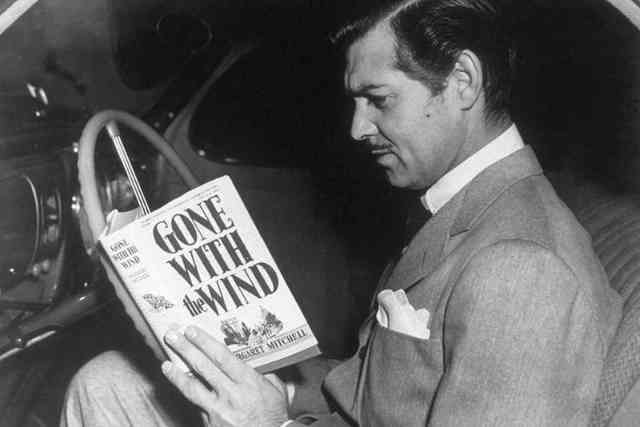
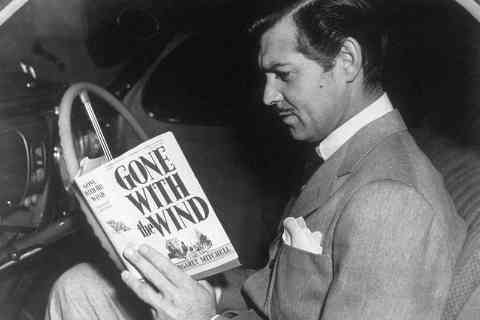
The novel Gone with the Wind, on which the film is based, received rave reviews and won several awards upon its publication. David O. Selznick decided bought the rights for the book just a month after it was published, in July 1936. He hadn't even read the book at the time, yet paid an unprecedented $50,000 for the movie rights - a record for an author's first novel.
Years later, in 1942, Selznick, realizing he underpaid the author Margaret Mitchell, gifted her an additional $50,000 when he dissolved his production company.
Public Protest
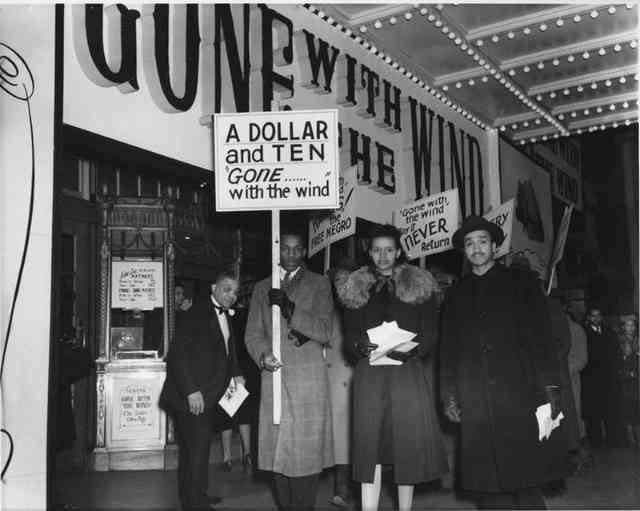
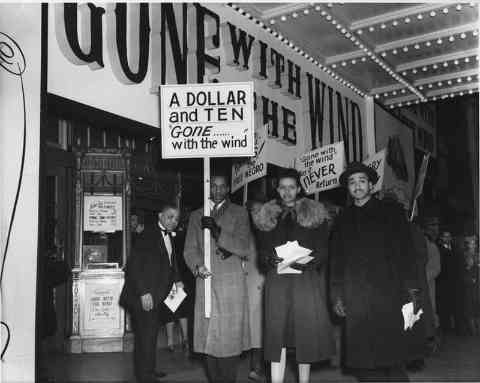
Following the film's release, it received a significant amount of public backlash by African Americans who were outraged by the movie's depiction of its black characters. They accused the epic of romanticizing and even sanitizing the Old South. The National Association for the Advancement of Colored People termed the film racist and held protests in several cities.
A Smash Hit
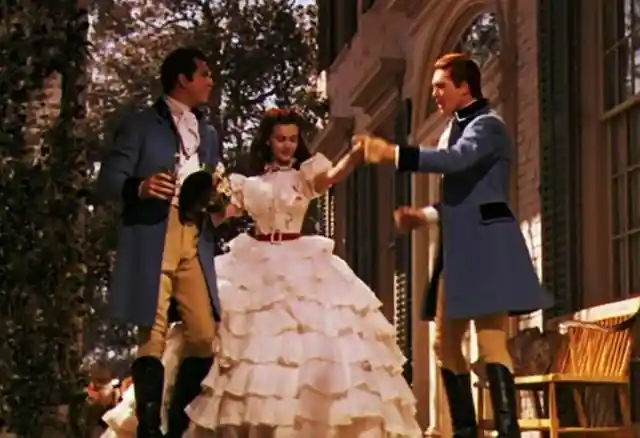
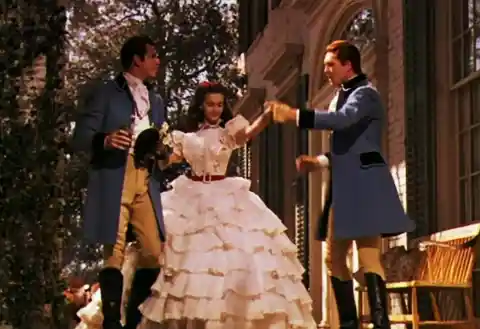
Gone with the Wind held the title of highest grossing film of all time for twenty-five years, making over $390 million at the box-office. Once accounting for inflation, it is the highest grossing film of all time with $3.6 billion in 2016 prices, surpassing Avatar, Titanic, Star Wars and every other film ever released.
Leigh’s Controversy
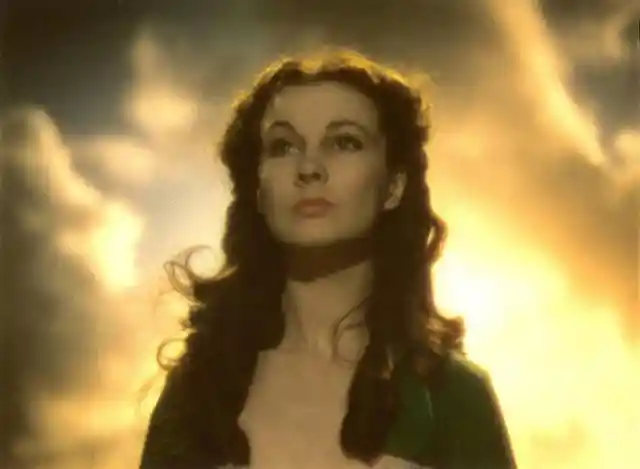
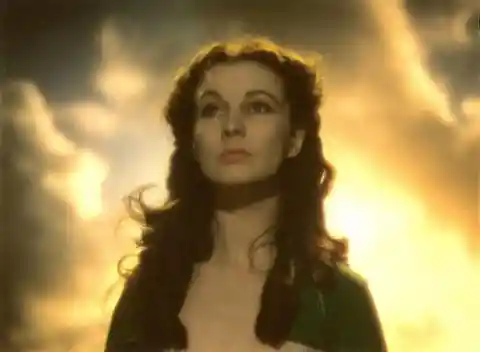
When actress Vivien Leigh first won the role of Scarlett O'Hara, many people objected to the idea of a Brit playing such an iconic American character. Vivien would prove the doubter's wrong, however, when she won the Academy Award for Best Actress. Her performance in the movie is the longest to ever win an Academy Award at 2 hours, 23 minutes and 32 seconds.
Gable’s Personal Life
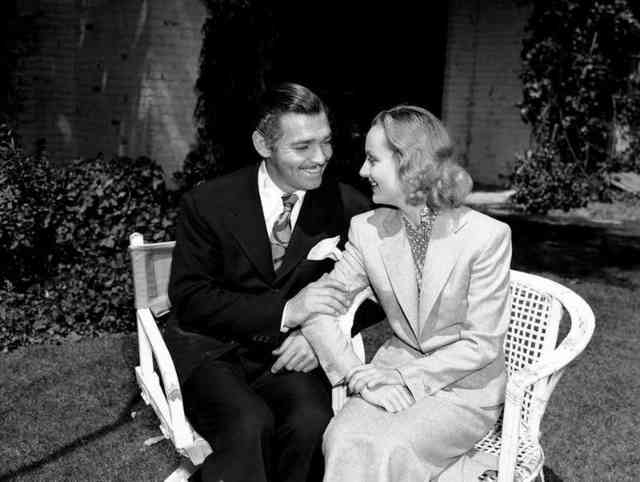
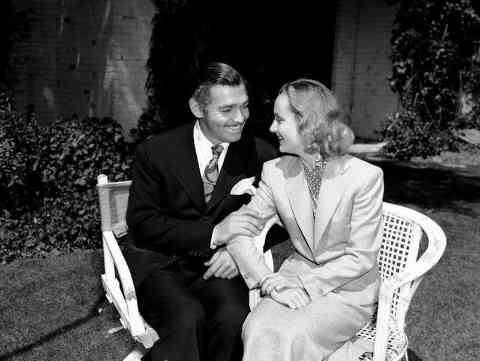
Clark Gable's personal life provided just as much drama off screen as it did onscreen. The leading man was induced into accepting the role due to an arrangement with his current wife, Rhea Langham, in order to marry his next wife, Carole Lombard. The two married during a production break on the movie. Their marriage was reportedly the happiest period of Gable's personal life.
Dress To Impress
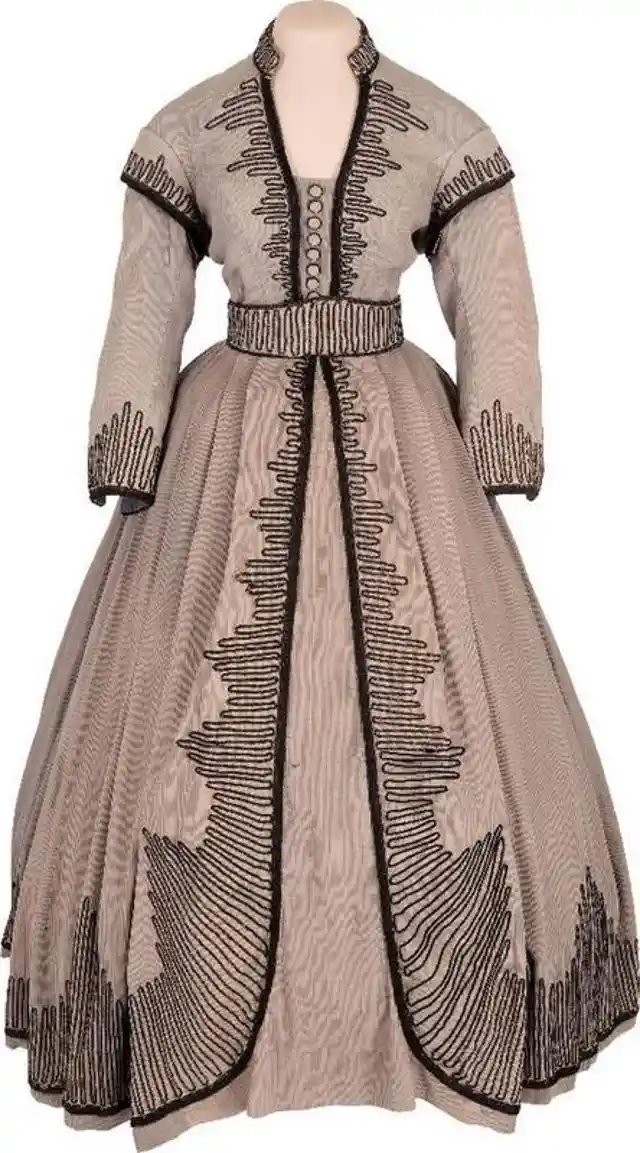
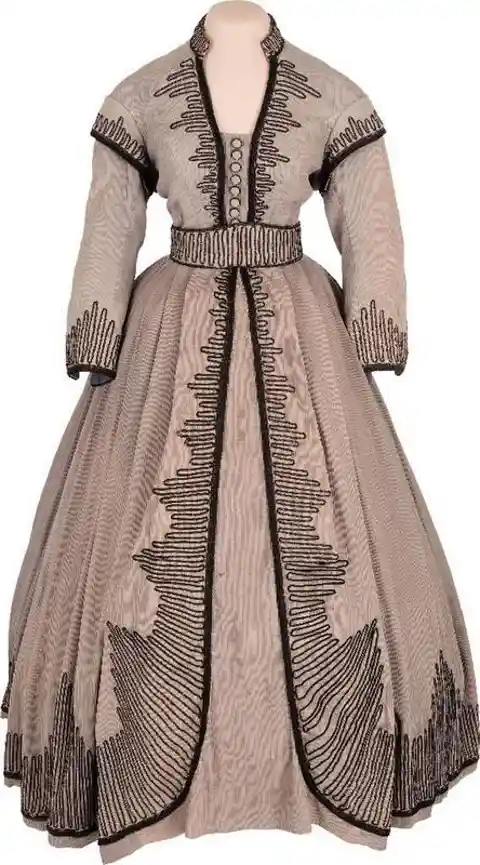
Scarlett's wardrobe in Gone with the Wind remains an iconic piece of cinema. During the course of the movie, Scarlett parades many outfits which have since become legendary. James Tumblin who worked at Universal Studios purchased one of Scarlett O'Hara's dresses in the film, a gray two-piece ensemble, for $20 in the 60s. It fetched $137,000 at an auction in 2015.
Hitchcock’s Suggestion
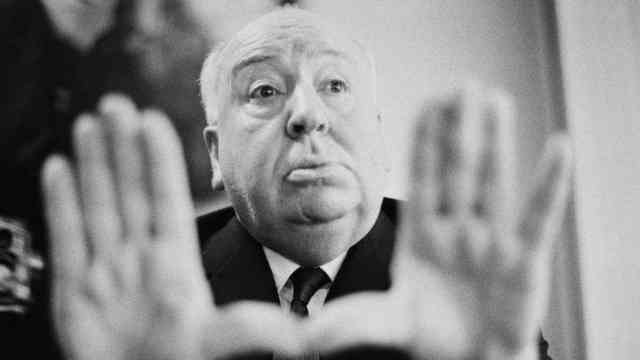
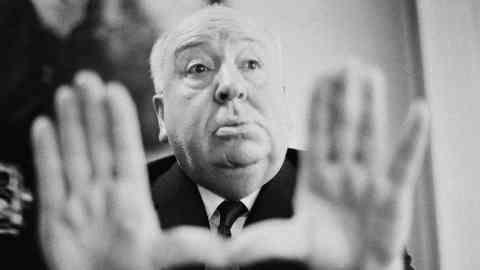
The film's screenplay proved a colossal task and took several months to adapt. At one point, Producer David O. Selznick turned to the acclaimed director and producer Alfred Hitchcock for the scene where women wait for the men to return from their raid on Shantytown as Melanie reads "David Copperfield".
Hitchcock's Rejection
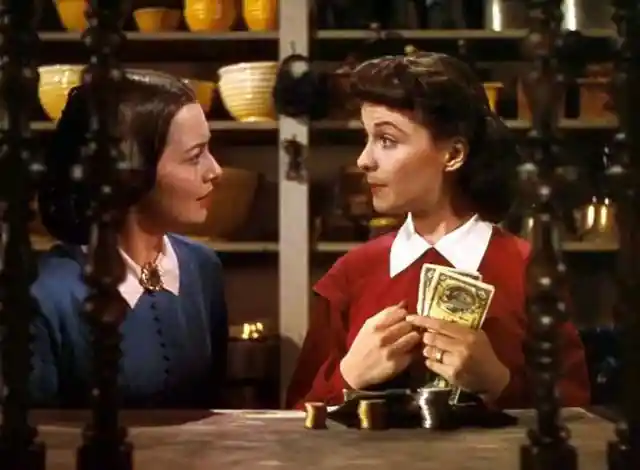
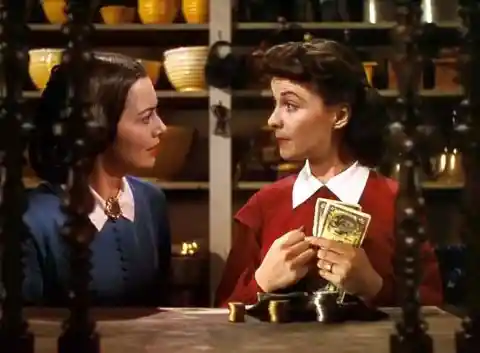
Hitchcock delivered precise ideas complete with descriptions for shots, and camera angles such as Rhett, Ashley, and company outside the house dodging the Union soldiers, as well as an exchange of meaningful glances between Melanie and Rhett inside the house. However, none of Hitchcock's ideas were used.
Another Rhett
